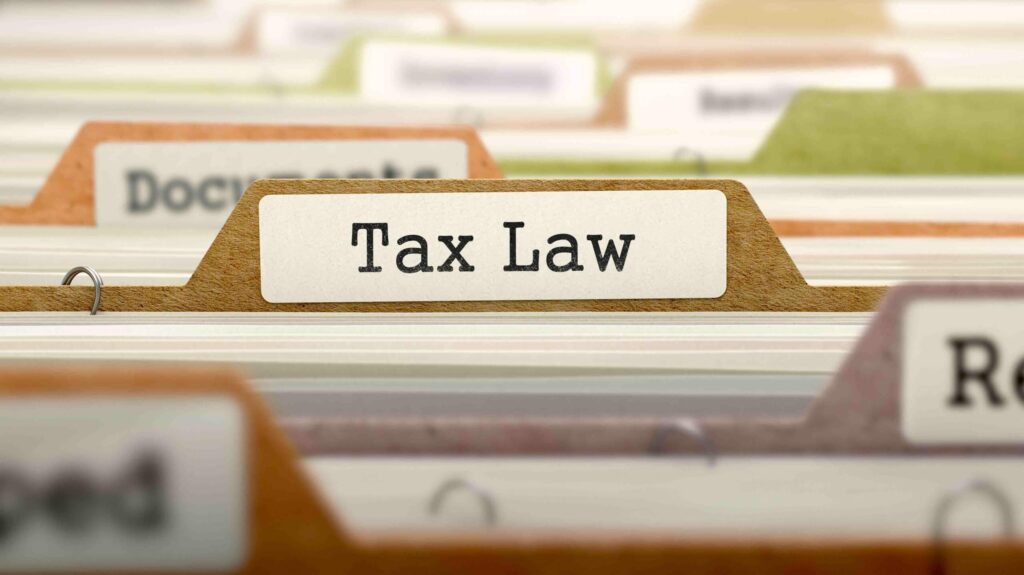Introduction
In a move to provide clarity and guidance to the business community, the United Arab Emirates (UAE) has recently issued Cabinet Decision No. 116 of 2022, addressing the Annual Taxable Income Threshold for Corporate Tax. This decision, which takes effect from 1 January 2023, holds significant implications for companies subject to corporate tax under the Federal Decree-Law No. 47 of 2022 on the Taxation of Corporations and Businesses (CT Law). This article aims to dissect the key provisions and implications of Cabinet Decision No. 116, shedding light on its scope, application, and potential impact on businesses.
Scope and Definition
The ambit of Cabinet Decision No. 116 is broad, encompassing all companies that fall within the purview of the CT Law and are subject to corporate taxation. The term “taxable income” assumes paramount importance within this context. Taxable income is essentially the total income of a company, after accounting for specified deductions and exemptions. It’s vital for companies to accurately delineate their taxable income, as this forms the bedrock upon which the applicability of the annual threshold is determined.
Annual Threshold and its Calculations
Under the new Cabinet Decision, companies find solace if their annual taxable income remains below AED 375,000. This threshold ushers in a key demarcation between companies that are eligible for exemption from corporate tax and those that need to fulfill their tax obligations. Notably, the threshold pertains to a single calendar year, rendering it a yearly benchmark for companies’ financial performance in relation to corporate taxation.
The calculation of taxable income follows the provisions of the CT Law, which delineates the methodology to ascertain the precise taxable income after accounting for permissible deductions and exemptions. It’s imperative for companies to exhibit a meticulous approach when calculating their taxable income, as errors or omissions may inadvertently push them over the threshold and into the realm of corporate taxation.
Deductions, Exemptions, and Implications
In alignment with the CT Law, Cabinet Decision No. 116 acknowledges the availability of certain deductions and exemptions to companies when computing their taxable income. These deductions and exemptions are integral in affording companies a fair assessment of their actual financial liabilities. It’s incumbent upon companies to comprehensively comprehend these deductions and exemptions, ensuring they accurately reflect their financial reality.
Important Points to Note:
- Annual Basis: The threshold is evaluated annually, mandating companies to remain beneath the AED 375,000 threshold in each calendar year to remain exempt from corporate tax. Fluctuations in income from year to year necessitate a consistent assessment of tax liability. If a resident business has an annual income of 1,000,000 AED it would be required to pay 9%.
- Inclusive Nature: The threshold considers the total taxable income of a company, amalgamating income generated from both UAE sources and foreign sources. This comprehensive approach underscores the UAE’s commitment to transparency and equity in corporate taxation.
- Non-Cumulative Nature: The threshold’s non-cumulative nature means that companies exceeding the threshold in one year cannot offset the excess against future years’ taxable income. This underscores the necessity of meticulous financial planning and prudent tax management.
- Potential for Change: Cabinet Decision No. 116 emphasizes the potential for the government to revise the threshold in the future. This dynamic aspect necessitates vigilance on the part of businesses, ensuring they remain apprised of any alterations that might impact their tax liabilities.
“Where the Authority establishes that one or more Persons have artificially separated their Business or Business Activity and the Taxable Income across the Persons’ entire Business or Business Activity in excess of 375,000 (three hundred seventy-five thousand dirhams) has been subject to the 0% (zero percent) Corporate Tax rate in the Tax Period, this would be considered an arrangement to obtain a Corporate Tax advantage under Clause 1 of Article 50 of the Corporate Tax Law.”
Conclusion
Cabinet Decision No. 116 of 2022 introduces a definitive framework for companies to assess their liability for corporate taxation. By setting an annual taxable income threshold at AED 375,000, the UAE government aims to foster an environment of fairness, transparency, and compliance. Companies must thoroughly comprehend the implications of this decision, diligently calculate their taxable income, and remain prepared to adapt to potential future revisions. In adhering to the principles set forth in Cabinet Decision No. 116, businesses can navigate the complex terrain of corporate taxation with confidence and certainty.
Stay informed about the latest updates in UAE corporate tax by visiting our website. Explore more insights and resources to navigate the evolving landscape.

